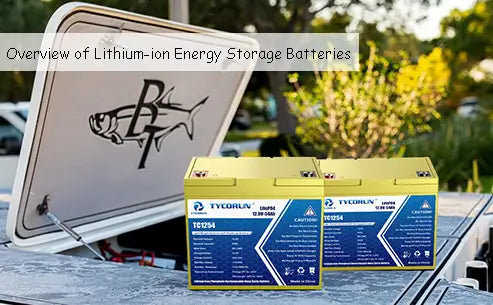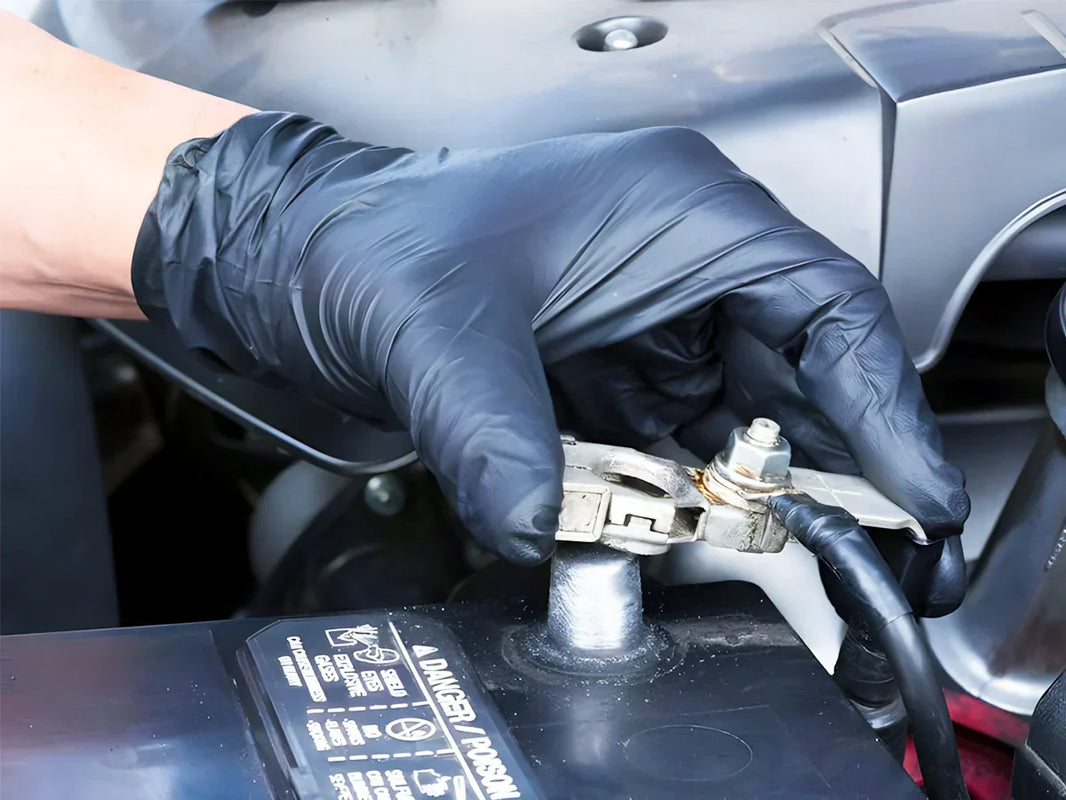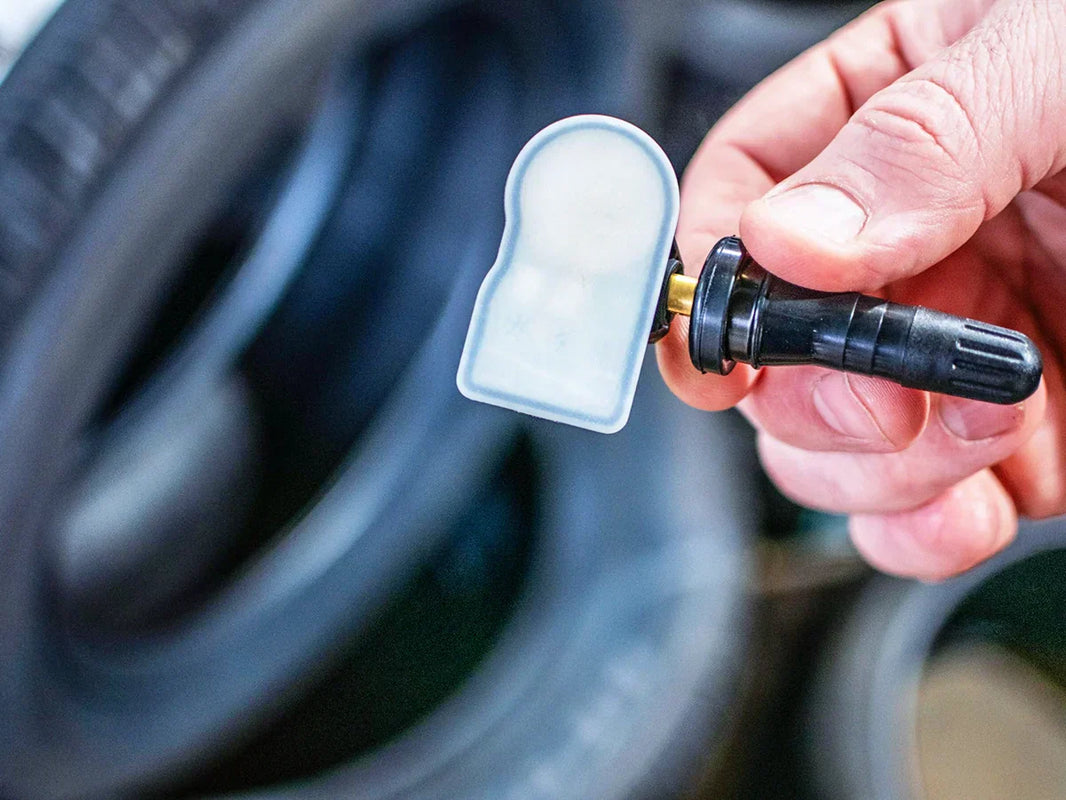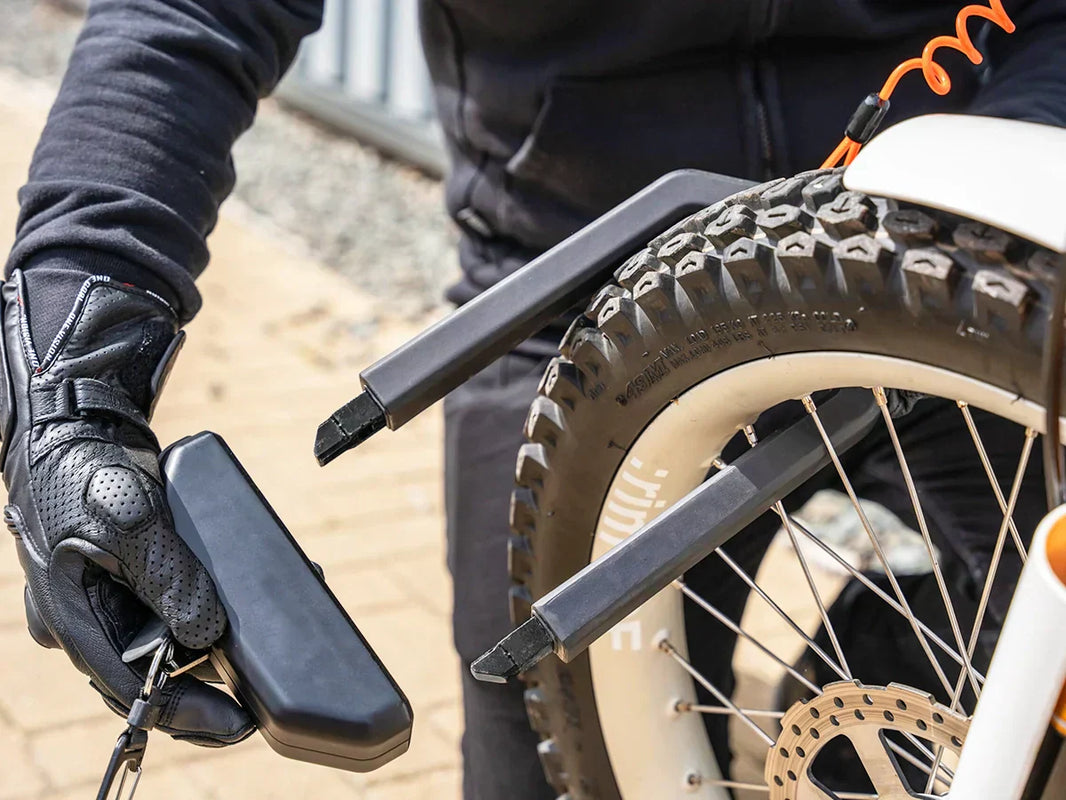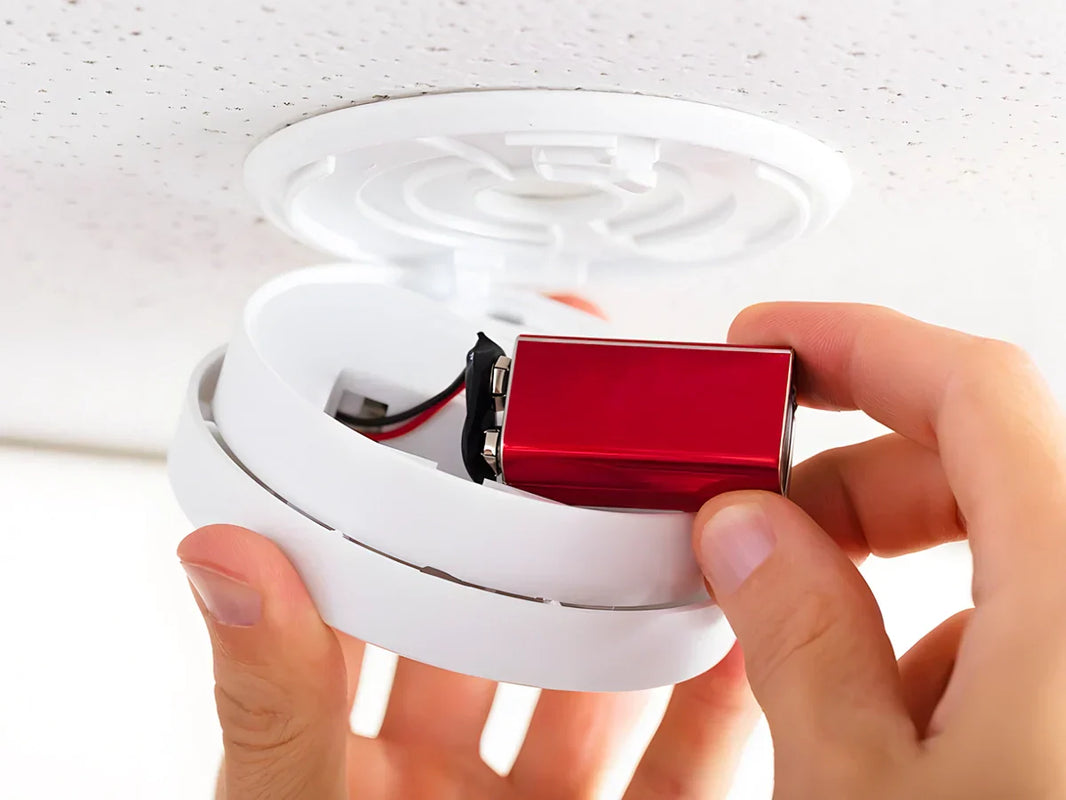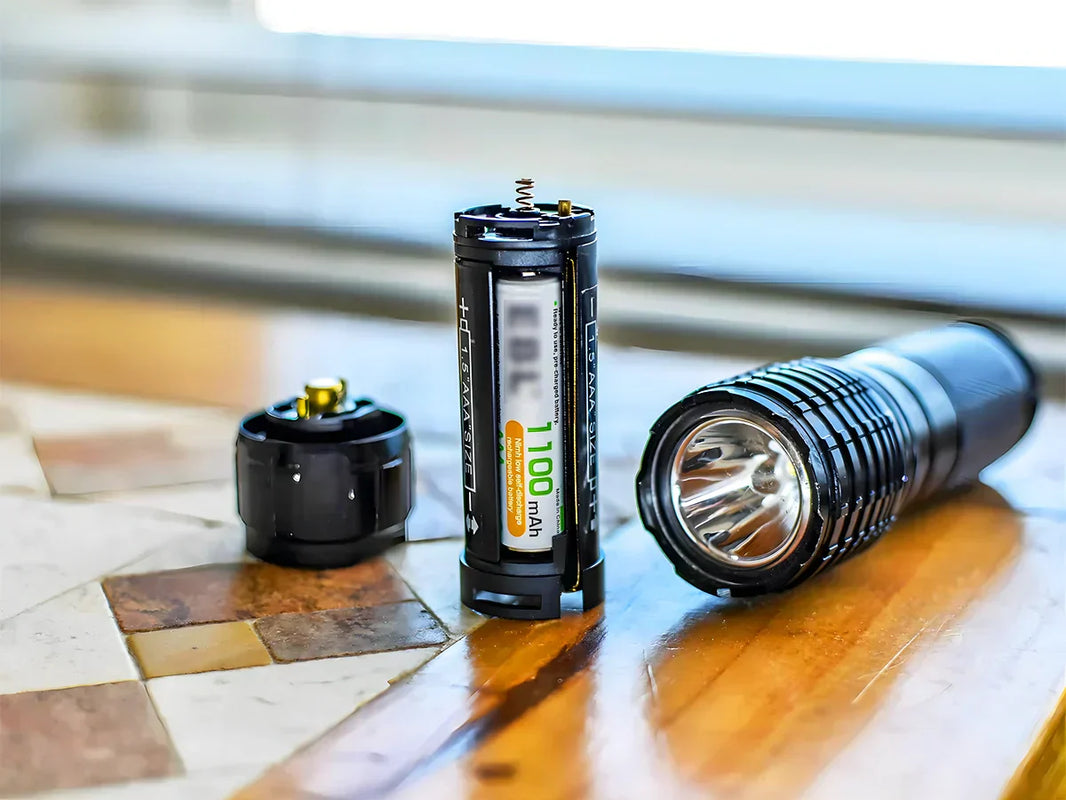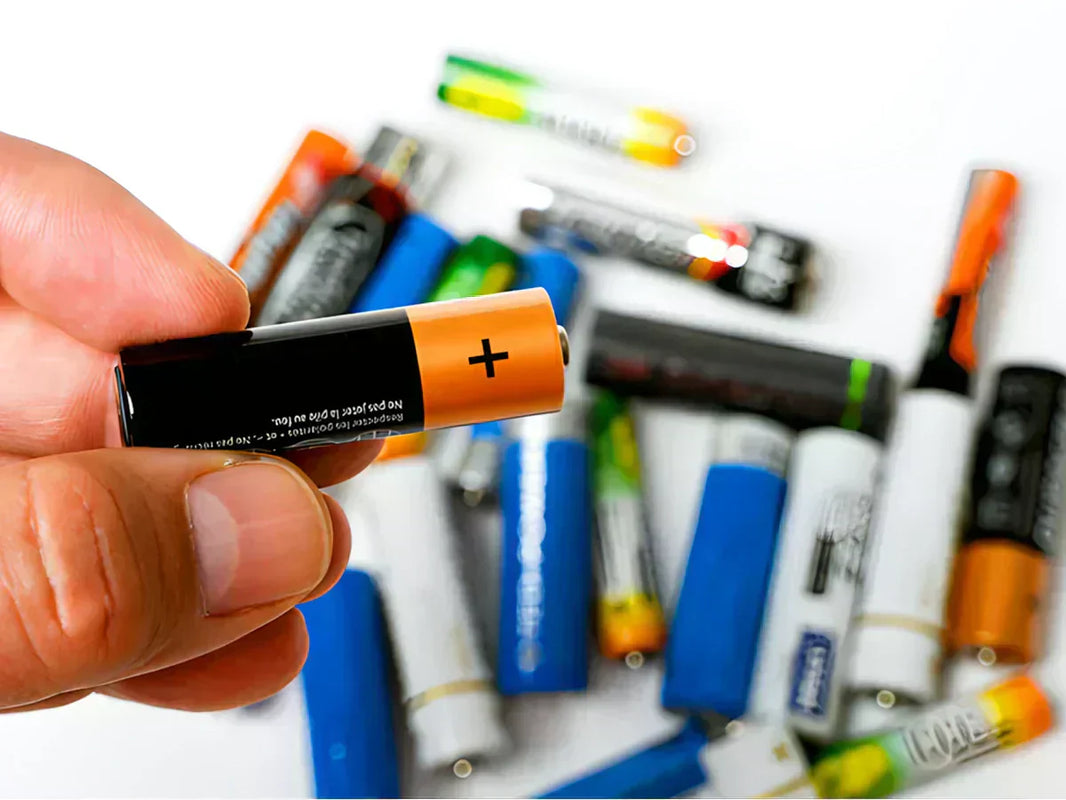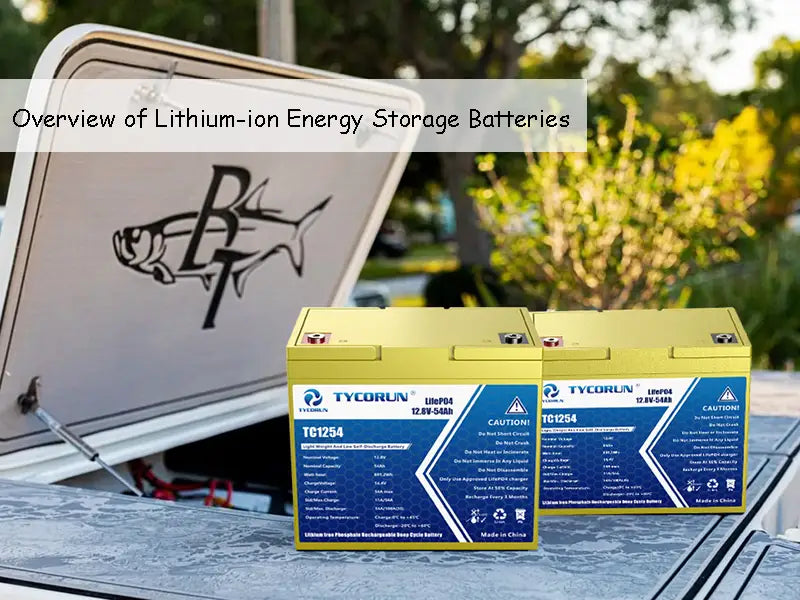
Main content:
1. Structure and Working Principle of Lithium-ion Energy Storage Batteries
The so-called lithium ion energy storage battery refers to a secondary battery composed of two compounds that can reversibly intercalate and deintercalate lithium ions as positive and negative electrodes. People call this lithium-ion energy storage batteries, which relies on the transfer of lithium ions between the positive and negative electrodes to complete the charging and discharging work of the battery, as a "rocking-chair battery".
◎When the lithium-ion energy storage batteries are charged, the lithium ions are deintercalated from the positive electrode of the lithium-ion energy storage batteries, and embedded in the negative electrode, and vice versa when discharging. This requires the electrode to be in a state of lithium intercalation before assembly. Generally, a lithium intercalation transition metal oxide with a potential greater than 3V relative to lithium and stable in air is selected as the positive electrode, such as LiCoO2, LiNiO2, LiMn2O4.
◎As the material of the negative electrode of lithium ion energy storage battery, the intercalable lithium compound with potential as close as possible to lithium potential is selected, such as various carbon materials, including natural graphite, synthetic graphite, carbon fiber, mesophase spherical carbon, etc., as well as metal oxides compounds, including SnO, SnO2, tin composite oxide SnBxPyOz (x=0.4~0.6, y=0.6~0:4, z=(2+3x+5y)/2), etc.
◎The lithium-ion energy storage batteries electrolyte adopt a mixed solvent system of LiPF6, ethylene carbonate, propylene carbonate and low-viscosity diethyl carbonate and other alkyl carbonates.
◎The lithium ion energy storage battery separator adopts polyene microporous film, such as PE, PP or their composite films, especially the PP/PE/PP three-layer separator not only has a low melting point, but also has a high puncture resistance, which plays a role in The role of thermal insurance.
◎The lithium-ion energy storage batteries shell is made of steel or aluminum material, and the cover assembly has the function of explosion-proof power failure.
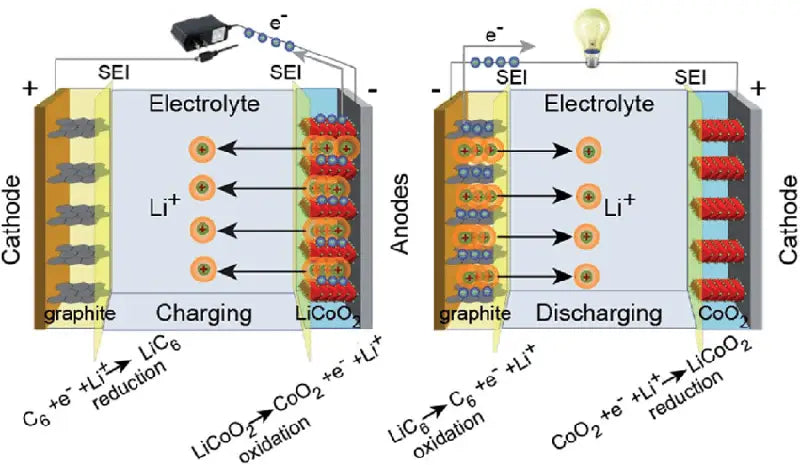
2. Types and characteristics of Lithium-ion Energy Storage Batteries
2.1 Overview of Lithium-ion Energy Storage Batteries
According to the different electrolyte materials used in lithium-ion energy storage batteries, they can be divided into two categories: liquid lithium-ion batteries and polymer lithium-ion batteries.
The positive and negative materials used in liquid lithium ion batteries and polymer lithium ion batteries are the same as liquid lithium ions, and the working principles of lithium ion energy storage batteries are basically the same. Generally, LiCoO2 is used for the positive electrode, various carbon materials such as graphite are used for the negative electrode, and aluminum and copper are used as current collectors.
The main difference between liquid lithium-ion energy storage batteries and polymer lithium-ion energy storage batteries is the difference in electrolytes. Liquid lithium-ion energy storage batteries use liquid electrolytes, while polymer lithium-ion energy storage batteries use solid polymer electrolytes instead, this polymer can be "dry" or "colloidal", most of which use polymer colloidal electrolytes. Among them, the liquid lithium ion battery refers to a secondary battery in which the Li+ intercalation compound is the positive and negative electrodes. The positive electrode adopts lithium compound LiCoO2, and the negative electrode adopts lithium-carbon interlayer compound LixC6.
Lithium polymer batteries have many obvious advantages such as high energy density, smaller size, ultra-thinness, light weight and high safety. In terms of shape, lithium polymer batteries have ultra-thin characteristics, and can be made into batteries of any shape and capacity to meet the needs of various products; in terms of safety, the outer packaging is aluminum-plastic packaging, which is different from the metal of liquid lithium batteries. The shell and the internal quality hidden danger can be displayed immediately through the deformation of the outer packaging. Once a safety hazard occurs, it will not explode, but will only bulge.

Since the polymer lithium-ion energy storage batteries use a colloidal electrolyte, it will not leak like liquid electro-hydraulic, so it is easy to assemble, making the overall battery very light and thin, and there will be no safety problems such as liquid leakage and combustion explosion. , so the battery shell can be made of aluminum-plastic composite film, thereby improving the specific capacity of the entire lithium-ion energy storage batteries. Polymer lithium-ion energy storage batteries can also use polymers as cathode materials, and their energy density will be more than 50% higher than that of current liquid lithium-ion energy storage batteries. In addition, polymer lithium-ion energy storage batteries are improved compared with liquid lithium-ion batteries in terms of operating voltage and charge-discharge cycle life. Based on the above advantages, polymer lithium-ion batteries are known as the next-generation lithium-ion energy storage batteries.
The principle of polymer lithium-ion energy storage batteries are the same as that of liquid lithium, the main difference is that the electrolyte is different from liquid lithium. The main structure of the battery includes three elements: positive electrode, negative electrode and electrolyte. The so-called polymer lithium-ion energy storage batteries mean that at least one or more of these three main structures use high-grade materials as the main battery system. In the currently developed polymer lithium-ion energy storage batteries systems, polymer materials are mainly used in positive electrodes and electrolytes. The positive electrode material includes conductive polymers or inorganic compounds commonly used in lithium-ion batteries. The electrolyte can use solid or colloidal polymer electrolytes, or organic electrolytes. Generally, lithium-ion technology uses liquid or colloidal electrolytes. Therefore, it is necessary to Rugged secondary packaging to contain flammable active ingredients adds weight and additionally limits dimensional flexibility. The polymer lithium-ion process has no excess electrolyte, so it is more stable and less prone to dangerous situations caused by overcharging, bumping or other damage to the battery, and overuse.
The new generation of polymer lithium-ion batteries can be thin, any area and any shape in shape, which greatly improves the flexibility of lithium-ion energy storage batteries modeling design, so that it can be made into any shape according to product requirements. Lithium-ion energy storage batteries with different capacities provide application equipment developers with a high degree of design flexibility and adaptability in power solutions to maximize the performance of their products. At the same time, the capacity, charge-discharge characteristics, safety, operating temperature range, cycle life and environmental performance of polymer lithium-ion batteries are greatly improved compared with lithium-ion batteries.

2.2 Comparison of Polymer Lithium-ion Energy Storage Batteries and Liquid Lithium-ion Energy Storage Batteries
Polymer lithium-ion energy storage batteries can be divided into three categories: ① solid polymer electrolyte lithium-ion energy storage batteries. The electrolyte is a mixture of polymers and salts. This battery has low ionic conductivity at room temperature and is suitable for high temperature use. ②Gel polymer electrolyte lithium ion energy storage battery. That is, additives such as plasticizers are added to the solid polymer electrolyte to improve the ionic conductivity, so that the battery can be used at room temperature. ③Conductive polymer lithium-ion energy storage batteries. Using conductive polymer as the positive electrode material, its specific energy is three times that of the existing lithium-ion battery, and it is the latest generation of lithium-ion battery.
Due to the different production processes of various manufacturers, the current polymer lithium batteries on the market are divided into two different structures: wound type and laminated type, but the specifications suitable for the needs of mobile phones are mostly below 4mm thickness. Compared with the liquid state, because the polymer outer packaging uses a thinner aluminum film, it is thinner than the steel shell and aluminum shell, and the production method is different from the liquid lithium battery. The thinner the polymer, the better the production. In theory, it can be produced below 0.5mm. thickness of the battery.
Liquid lithium-ion energy storage batteries are just the opposite. The thicker the battery, the better the production. It is difficult to produce batteries with a thickness of less than 4mm. Therefore, the thinner the battery, the lower the production cost of polymer lithium batteries, and the higher the production cost of liquid lithium batteries. However, for thicker specifications, the liquid lithium battery supply chain is mature, the technology is mature, the production efficiency is high, the yield is high, and it has a strong manufacturing cost advantage. From the current market point of view, although the liquid lithium batteries of the 5mm and 6mm thickness series have much higher capacity than the 3mm and 4mm thickness series batteries, the price is much lower. In theory, the material cost of polymer lithium batteries is close to that of liquid lithium batteries on the 5mm and 6mm thickness specifications, but the process cost of 5mm and 6mm series batteries is much higher than that of liquid lithium batteries. There is still a long way to go before lithium batteries truly form competition.
The difference between polymer lithium-ion energy storage batteries and ordinary batteries is in the electrolyte. In the original design in the 1970s, solid polymer electrolytes were used. This type of electrolyte is similar to a plastic film and cannot conduct electrons, but allows ions to be exchanged. The polymer electrolyte replaces the traditional electrolyte-impregnated porous separator. The design of the dry polymer electrolyte allows for simplified assembly, improved battery mechanical strength, safety, and can be fabricated into ultra-thin geometries, with individual lithium-ion energy storage cells as thin as 1 mm. Device designers are free to shape and size batteries according to their imagination. Unfortunately, solid-state polymer lithium-ion batteries suffer from their poor electrical conductivity, the internal resistance is too high to provide the high pulse currents required by current communication devices, cannot drive laptop hard drives, heat the battery to 60°C, and conduct The rate increases rapidly, but such requirements are not suitable for application on portable devices. As a compromise, some gel electrolytes are introduced. Most of the polymer lithium-ion energy storage batteries for mobile phones currently on the market are hybrid batteries containing gel electrolytes. The system is modified with lithium-ion polymer, making it the only polymer power source currently available for portable devices. After adding gel electrolyte, what is the difference between lithium-ion polymer battery and general lithium-ion battery? Although the performance of these two lithium-ion energy storage batteries is very similar, the porous separator is replaced by lithium-ion polymer as the sole solid-state electrolyte. The gel electrolyte just increases the ionic conductance. Polymer lithium-ion energy storage batteries have not been as popular as some analysts predicted. Because its capacity is not very high, in fact, the capacity is slightly lower than that of standard lithium-ion batteries. The market for polymer lithium-ion batteries is mostly in the application of ultra-thin geometry power supplies, such as credit card power supplies and similar applications.
Advantages of polymer lithium-ion batteries: ultra-thin, the battery can be assembled into a credit card; flexible shape, manufacturers are not limited to standard shapes, and can be made into a suitable size economically; light weight, batteries using polymer electrolytes do not need metal shells as Protects the outer packaging; improved safety, more stable overcharge, and lower chance of electrolyte leakage. Limitations: Reduced energy density and cycle times compared to Li-ion batteries; expensive to manufacture; no standard form factor, most batteries are manufactured for the high-capacity consumer market, with relatively high prices and energy.

2.3 Industrialization Status of Polymer Lithium-ion Energy Storage Batteries
The industrially produced polymer lithium-ion energy storage batteries refer to a lithium-ion battery that uses a polymer as an electrolyte instead of a liquid electrolyte. At present, many companies in Japan, South Korea, the United States, Canada, China, etc. have been able to mass produce. Lithium-ion batteries have been put into commercial applications since 1992, while polymer lithium-ion batteries have not been put into commercial applications until 1999. However, since 1999, when they were commercialized by SONY, the development of polymer lithium-ion energy storage batteries The speed has always been stronger than that of liquid lithium-ion batteries. In 2002, polymer lithium-ion batteries have accounted for 7% of the market share of all lithium-ion batteries. By 2005, polymer lithium-ion batteries accounted for about 9.3% of the market share in the entire lithium-ion energy storage batteries industry, and by 2010, it increased to about 30%.
Due to various reasons, the price of polymer lithium batteries in the market is generally higher than that of liquid lithium batteries. However, because the competition mode of mobile appliances is changing quietly, especially the design value innovation brought by polymer batteries to mobile appliances (such as Superior performance below 4mm thickness, large-sized batteries), polymer batteries are being recognized by more and more designers of mobile phones, mobile DVDs, etc., so polymer lithium battery manufacturers are still full of confidence, and firmly believe that the era of polymer lithium batteries will come. .
The development trend of polymer lithium-ion energy storage batteries can be seen from the development of mobile phones. At present, mobile phones have the following development trends: ① The mobile phone itself is developing in the direction of miniaturization and ultra-thin, so as to facilitate the carrying of consumers; ② The design of mobile phones is personalized, and the design concept is no longer the original square shape. , Irregular shapes, curves, and curved surface designs have become the mainstream of mobile phone design aesthetics; ③ The use of color screens and mobile phone functions continues to increase.
In order to miniaturize the mobile phone, reducing and thinning the battery is the most effective way. Batteries with a thickness of less than 4mm have become the mainstream trend of thin mobile phone configurations. In terms of cost performance, this is the specialty of polymer lithium batteries. Mobile phones with irregular shapes, curves, and curved surfaces leave the effective space for batteries into irregular shapes. Liquid rectangles cannot effectively use space and have low capacity, while laminated polymers can make the most effective use of this irregular space and enlarge the capacity. The arc-shaped battery, trapezoidal battery and backpack battery recently launched by TCL Jinneng Company can increase the capacity of mobile phones by more than 50% compared with liquid batteries of corresponding specifications. Mobile phones have more and more functions, resulting in more and more power consumption. The battery capacity is required to be increased accordingly. In the case of not increasing the thickness of the battery, the polymer battery has obvious advantages. Similarly, laptops, bluetooth headsets, PHS mobile phones, mobile DVDs and other electrical appliances are developing in the direction of mobility and portability. They are all equipped with liquid crystal displays, and their functions are increasing. All these provide unlimited business opportunities for polymer lithium-ion energy storage batteries.
It is reported that Apple Computer has already started to use polymer lithium batteries in its own products. Both the MacBook and MacBook Pro will feature these new batteries in future new products. At present, there are very few GPS manufacturers using polymer lithium batteries, and Mio and Routon are outstanding representatives. Routon is a new brand in the industry and is affiliated to Jinglun Electronics. The polymer lithium battery used in this brand's GPS has a capacity of about 1700mA·h, which is much larger than the 1300mA·h commonly used in the market. After the use of lithium polymer batteries, the weight, volume, use time and safety of GPS have been greatly improved. Of course, due to these changes, the cost of lithium polymer batteries is naturally higher than that of lithium ion batteries. At present, only high-end mobile phones and notebook computers will be used. However, polymer lithium batteries for vehicles have also begun to develop.
Read more: Market Status of New Energy Lithium-ion Batteries


